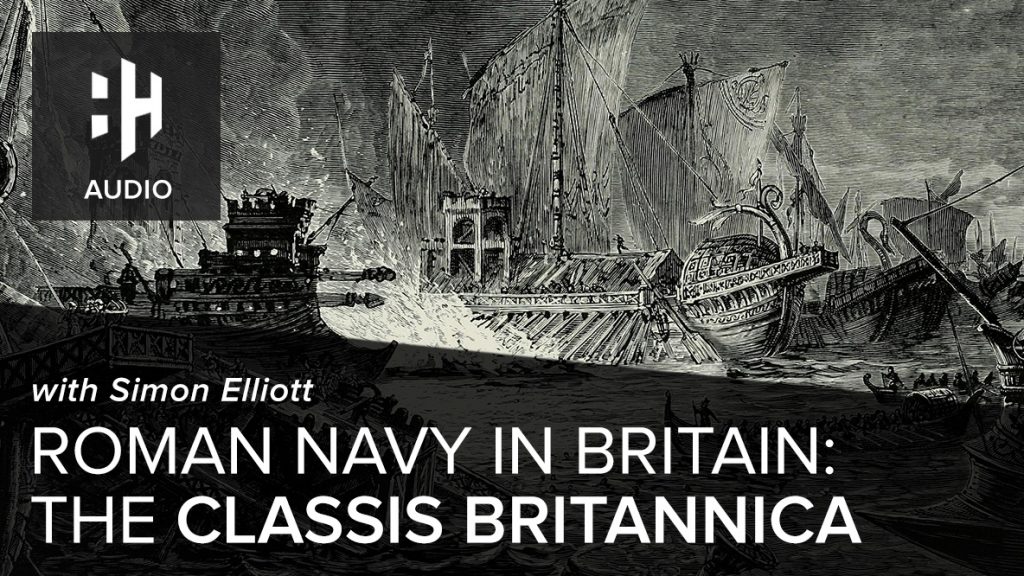The Roman legions were the conquerors of the ancient world. They were disciplined and drilled, well led, and they believed in their cause. Roman soldiers were also issued with equipment that was relatively standardised and of high quality. The pilum (spear), pugio (dagger) and gladius (sword) were effective killing machines, and if you got past these weapons, you’d still confront a Roman soldier’s armour.
 Listen Now
Listen NowWhat armour did Roman soldiers wear?
The Romans used three types of body armour: a hooped arrangement called lorica segmentata; scaled metal plates called lorica squamata, and chain mail or lorica hamata.
Mail was durable and was used almost throughout Roman history as Roman soldier’s armour. The hooped armour was expensive to produce and heavy; it was used from around the start of the Empire into the 4th century. Scale armour seems to have been used from the late Republican period for some classes of troops.
While the Roman army was marked for its uniformity of equipment, soldiers bought their own, so richer men and elite units would have the best gear.
1. Lorica Segmentata
Lorica segmentata was probably the most protective and most recognisable armour of the Roman period. It came in two semi-circular sections that were laced together to enclose the torso. Shoulder guards and breast and back plates added further protection.
 Listen Now
Listen NowIt was made of iron hoops fixed to leather straps. Sometimes the iron plates were case hardened to present a front face of tougher mild steel. Hinges, tie-rings and buckles were made of brass.
Although big and heavy to wear, lorica segmentata packed up neatly. A padded undershirt could remove some of the discomfort.
Which troops used it is still unclear. It is regularly found, but contemporary illustrations suggest it may have been limited to the legions – the best heavy infantry.
Its abandonment is more likely due to its cost and high maintenance needs than any superior alternative, a man wrapped in lorica segmentata was well prepared for battle.
2. Lorica Squamata
Lorica squamata was a scale armour used by Roman soldiers which looked like the skin of a fish.
Hundreds of thin scales made of iron or bronze were sewn to a fabric shirt. Some models have flat scales, some were curved, tin was added to the surface of some scales in some shirts, possibly as a decorative touch.

Reenactors wearing the lorica squamata – via Wikipedia.
The metal was rarely more than 0.8 mm thick, it was light and flexible and the overlapping scale effect gave added strength.
A shirt of scale armour would be put on with side or rear lacing and reach to the mid-thigh.
3. Lorica Hamata

Lorica hamata chainmail. Image Credit: Greatbeagle / Commons.
Lorica hamata was chain mail, made of iron or bronze rings. It was in use as armour by Roman soldiers from the Roman Republic to the Empire’s fall, and survived as a type through the Middle Ages.
The interlocking rings were of alternating types. A punched washer joined to a riveted ring of metal wire. They were 7 mm in diameter at their outside edge. Extra protection came from shoulder flaps.
 Listen Now
Listen NowAlways great borrowers, the Romans may have first encountered mail used by their Celtic opponents from the third century BC.
Making a single shirt of 30,000 rings could take a couple of months. However, they lasted for decades and replaced the more expensive lorica segmentata at the end of the Empire.















